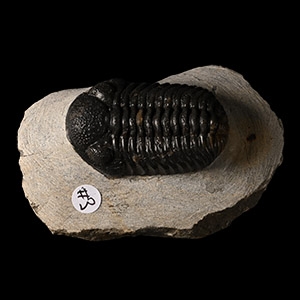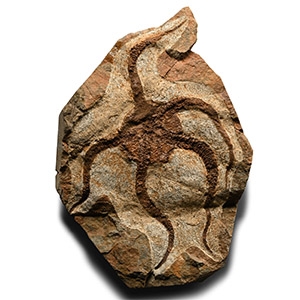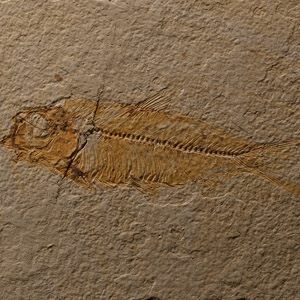Home > Auctions > 26 November - 1 December 2024
Ancient Art, Antiquities, Natural History & Coins
From Conersby Quarry, Scunthorpe, Lincolnshire, UK.
Ex old British collection.
From a Leicestershire, UK, collection.
Accompanied by a copy of an illustrated information sheet.
From a Lincolnshire, UK, collection.
From a Cambridgeshire, UK, collection.
Property of a Cambridgeshire, UK, gentleman.
Mosasaurs (from the Greek for 'lizard') were aquatic dinosaurs which probably gave birth to live young.
From Yacutia, Siberia.
Ex Gerald Lucy Rocks, minerals and fossils.
From the private collection of Kenneth Machin (1936-2020), Buckinghamshire, UK; his collection of antiquities and natural history was formed since 1948; thence by descent.
Accompanied by a Gerald Lucy information display card.
Acquired on the UK art market before 2000.
Property of an Essex, UK, gentleman.
Acquired on the UK art market before 2000.
Property of an Essex, UK, gentleman.
Acquired on the UK art market before 2000.
Property of an Essex, UK, gentleman.
Carcharodon megalodon is regarded as one of the largest and most powerful marine predators in vertebrate history and likely had a profound impact on structuring of the marine communities. Fossil remains indicate that this giant shark reached a length of more than 16 metres (52 ft) and also affirm that it had a cosmopolitan distribution. Scientists suggest that in life it looked like a stockier version of the great white shark, Carcharodon carcharias.
From a Cambridgeshire, UK, collection.
Property of a Cambridgeshire, UK, gentleman.
From a Cambridgeshire, UK, collection.
From a Cambridgeshire, UK, collection.
Ex AA Shop, Windsor, UK; and Donaldson collection.
In southwest Wyoming (and parts of Colorado and Utah) in the Green River Formation are found some of the world's most outstanding specimens of fossil fish. The Green River system was composed of three lakes: Lake Ulinta, Lake Gosiute and Fossil Lake. These Eocene lakes lay in a series of intermountain basins formed by geological events that uplifted the Rocky Mountains during the early Tertiary time. The climate was much different from the desert-like climate of this area today. Both the fauna (crocodiles, alligators, boa constrictors and some subtropical fish families) and the flora (such as large palm trees) indicate a climate much like that found along the Gulf Coast today. Large amounts of ash found in the sediments indicate that volcanoes were particularly active at this time.
From Lebanon.
From a Cambridgeshire, UK, collection.
1993 - 2004 of 3419 LOTS

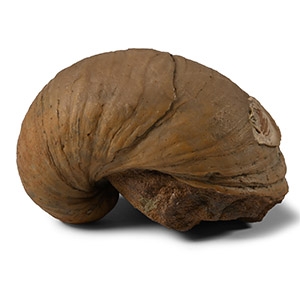

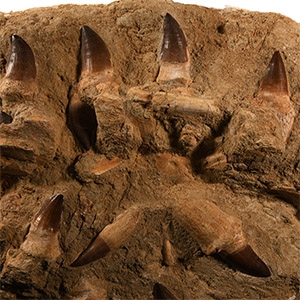

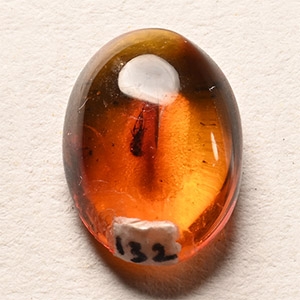
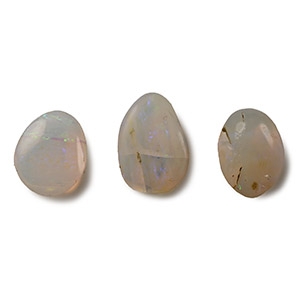
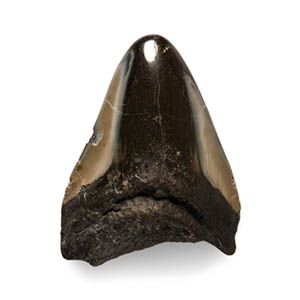
.jpg)
